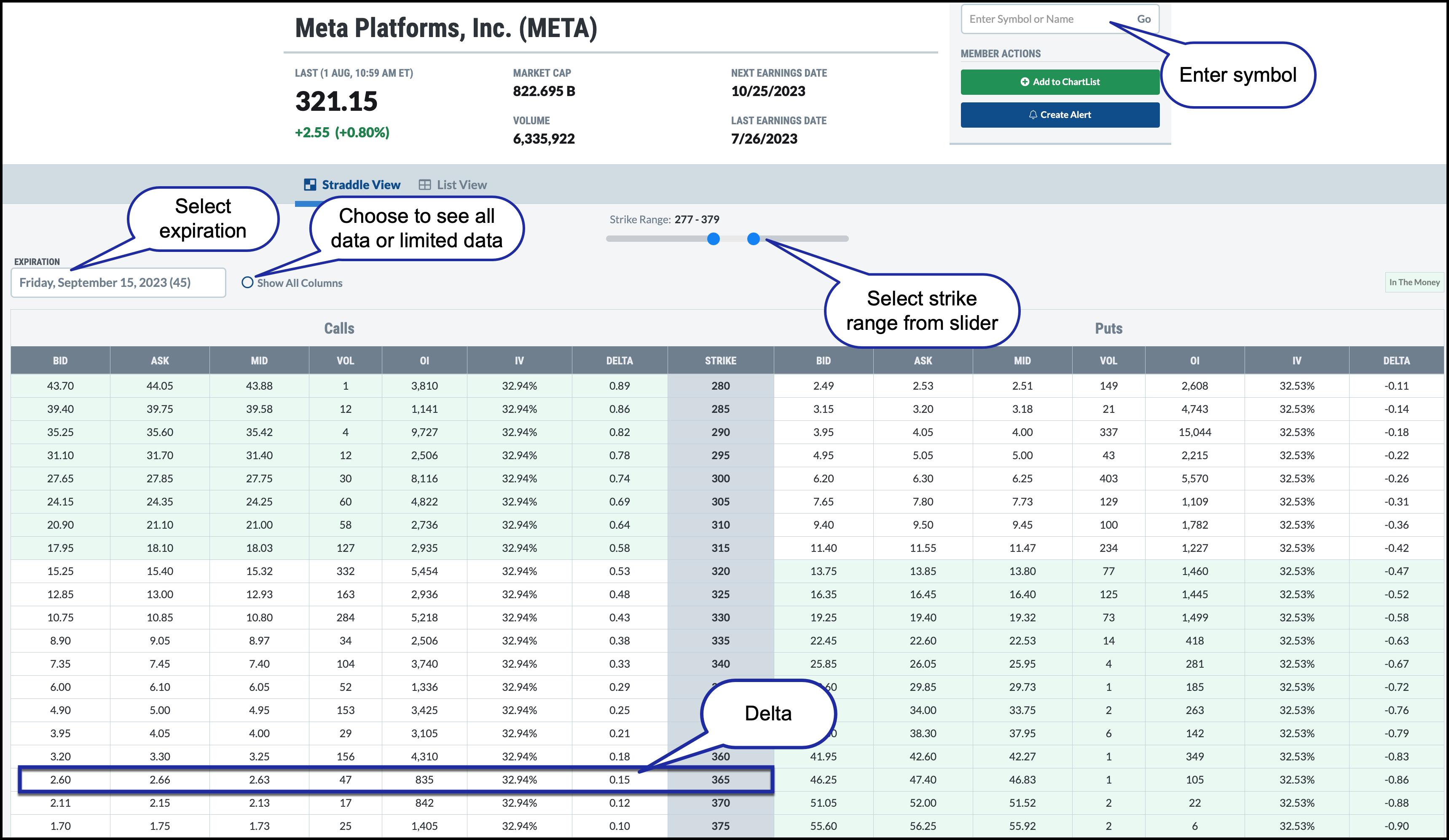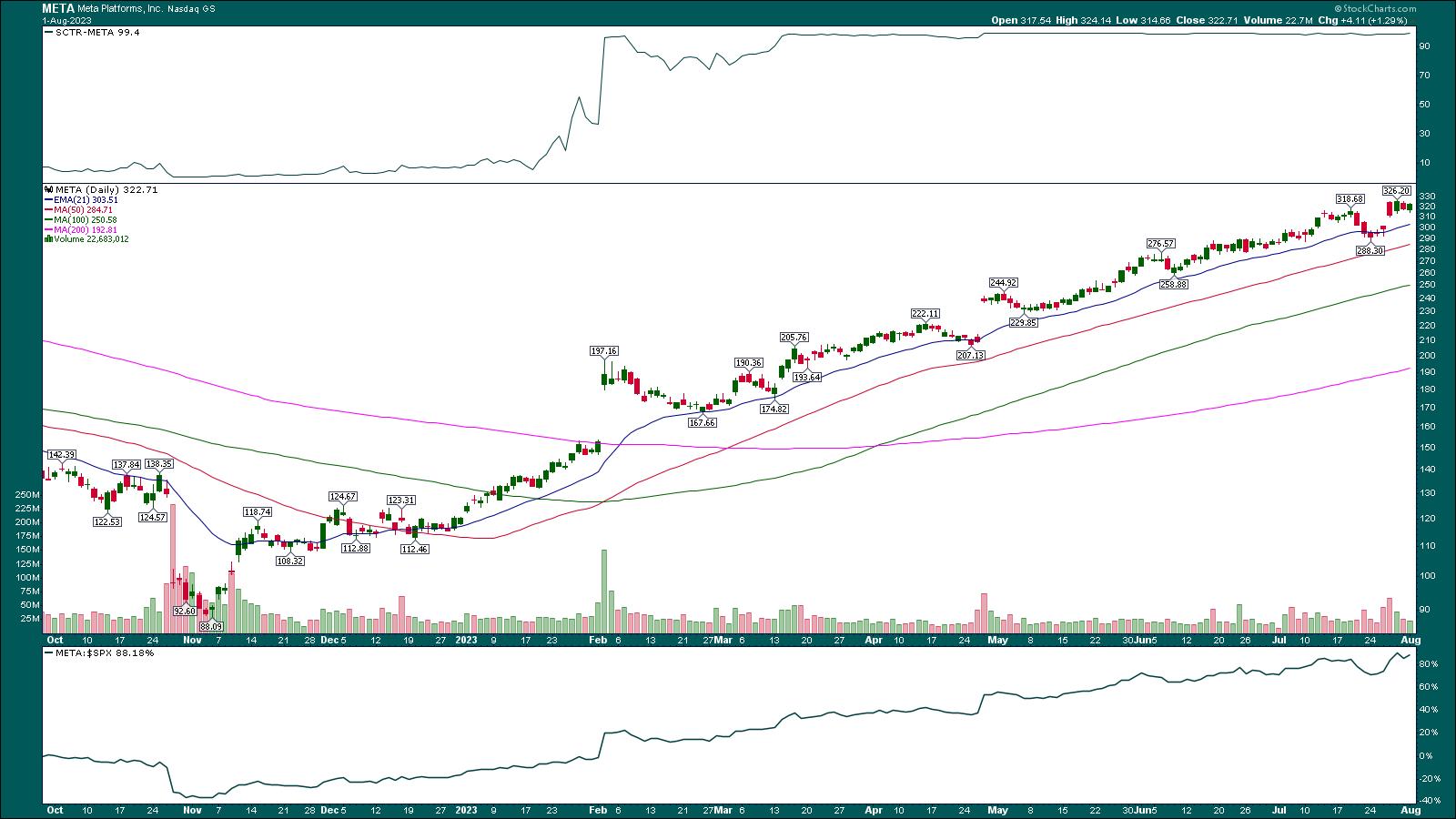TAKEAWAYS
- When selecting an options contract for your covered call look at probabilities and days to expiration
- Know the best case scenario, worst case scenario, and the sweet spot when trading covered calls
- Understand the risks and rewards of covered calls

Have you considered renting a room in your home or joining a rideshare company to generate additional income from the assets you own? Selling covered calls on stocks or exchange-traded funds (ETFs) that you own is a similar strategy. If you have a portfolio comprising several stocks or ETFs, you can sell covered calls against those assets to generate additional income.
Looking Behind the Covered Call Curtain
A covered call is an options contract that obligates you to sell the underlying stock at a certain price by a certain date.
 You have to own 100 shares of the underlying asset. That's because one option contract equals 100 shares of stock.
You have to own 100 shares of the underlying asset. That's because one option contract equals 100 shares of stock.
Say you own 100 shares of an actively traded stock like Meta Platforms (ticker symbol: META). You could sell a covered call on those 100 shares. By selling that covered call, you are obligated to sell the 100 shares of META according to the terms of the contract. Basically, you're using your 100 shares of META as collateral. In return, you receive a premium from selling the contract.
Like with anything you sell, you have to be sure the premium you receive is worth the risk of possibly unloading the 100 shares of META at a future date. With that in mind, how do you choose which option to sell?
Criteria for Selecting an Options Contract
It helps to look at an option chain. You can find the options chain in the Summary Pages of the Member tools. One way to access it is as follows:
- From Your Dashboard, under Member Tools, scroll down to Summary Pages, and select Options.
- Enter the stock symbol in the symbol box at the right.
- Select the contract's expiration.

FIGURE 1: OPTIONS CHAIN FOR META PLATFORMS. Select an expiration and strike price that meets your risk/reward comfort level.Chart source: StockCharts.com. For educational purposes.
Step 1: Select the Expiration
When trading options, you have to decide which expiration to use. For a covered call, especially if you are new to trading options, it's best to start with a contract with 30 to 45 days to expiration (DTE). That's because, as options approach expiration, their time decay accelerates, so you want to trade a covered call that has enough time to avoid getting caught in the tail end of the contract's expiration. In the case of META, the September 15 contract has 45 DTE. The number within the parentheses after the contract expiration date indicates the DTE.
The complete options chain for the expiration you select will be displayed as a table. The many rows and columns may be overwhelming, but the info can be filtered. You don't need to know the data for every single strike price for the expiration you selected; it's sufficient to view the data for eight to 12 strikes above and below the stock's trading price.
See the Strike Range slider? Slide the dots at the left and right closer to the stock's current trading price and move them till you see the data for the strikes you're interested in. You could also uncheck the Show All Columns button to display fewer columns. In this case, the Show All Columns button is unchecked, so you see the relevant data necessary to place a covered call.
Step 2: Select the Strike Price
Say you bought 100 shares of META on March 14, 2023, at $190.50. The stock was trending higher; it bounced off its 21-day exponential moving average (EMA), it moved higher than a previous high, and volume was increasing. META's StockCharts Technical Rank (SCTR) was well above 90, and the stock's relative strength vs. the S&P 500 index ($SPX) was trending higher (see chart below).

FIGURE 2: META STOCK HAS BEEN IN A CONSISTENT UPTREND FROM NOVEMBER 2022. The stock looks like it has the momentum to continue higher, and if you own the stock, you could generate income through covered calls.Chart source: StockCharts.com (click chart for live version). For educational purposes.
Based on your analysis, you thought the stock had the momentum to rally higher. META is trading at around $321, so you made a good profit. You could continue holding the stock or have a mental price target of $384, close to META's all-time high. So if you slide the Strike Range slider to include the 385 strike price, you see a good range of the options data for strike prices that are out of the money, i.e., call strike prices higher than META's stock price.
You want the strike price to be below the strike price at expiration. In option speak, it means you want the option to be out of the money (OTM). But there's no way to know with certainty if the option will be OTM at expiration, but you can get an idea of the probability of the option expiring OTM. That's where delta comes in.
You want to select a strike price that has a delta between 15 and 20. So when you scroll down the delta column, you see that calls with strike prices between $355 and $365 fit the criteria. Say you pick the $365 strike price, which, out of the three, is the furthest from the stock's trading price. It has a 15 delta (delta of 0.15) which means that, all things equal, the probability of the stock reaching the strike price in 45 days is 15% or an 85% probability of expiring OTM. That's a relatively low probability.
Now look how much you'd receive in premium if you were to sell a 365 Sept 15 call. The bid price is 2.60, which means you'll receive $2.60 x 100 or $260 for selling one contract. You could also use the mid-price to determine the premium you could collect. You could also consider the 360 or 355 strike prices. Those will fetch you a higher premium, but they're also closer to the stock's price.
When Does It Make Sense to Use a Covered Call?
Your objective is to make some additional income, so you want the money you receive from selling the call to be worth the risk. Even though covered calls are a conservative strategy, there are downsides you should be aware of. More on that later.
So if META is trading at $321 and you feel confident the stock price won't rise by $44 in 45 days, you could sell the 365 calls to generate income. You purchased the stock for $190.50, so you must decide if that $2.60 in premium is worth the hassle.

If you sold the covered call, two things could happen.
- The stock could be at or above the strike price at expiration.
- The stock could be below the strike price at expiration.
If scenario 1 occurs, then you will be assigned and will have to sell your 100 shares of META at $365, the strike price of the contract. You would have profited from selling your stocks and collecting the premium. It's not the worst thing, but you no longer hold your META shares, and if the stock skyrockets after you sell it, you'd be cursing yourself. If the stock price falls after you sell your shares, you'll be a happy camper.
The sweet spot would be if the stock price moves higher but remains slightly below the strike price. You still keep your 100 shares of META, which are now trading at a higher price, and you keep the premium of the expired and worthless option. You could rinse and repeat by trading another covered call.
It would be best if you didn't forget about an options trade. While the trade is open, watch the stock price, because you need to manage your position. If the stock price is getting close to the strike price and you're getting nervous, you could buy back the short call prior to the contract's expiration. The problem is that, as the stock's price rises, the option's price also increases. So, you'll end up paying more than what you sold it for. You could also adjust your trade and roll it to a further expiration. This, of course, would incur additional transaction costs, but it could be worth the price, especially if you think the stock is going to spike higher in the near future.
What Are the Downsides of Covered Calls?
One downside of covered calls is that profits from selling a covered call are capped at the selling price of the option. Another is that, if the stock price drops significantly, the premium you received from selling the covered call may not be enough to offset the losses.
There's no free lunch. When trading options, you're basing your decisions on probabilities. And probabilities change. The 365 call might be 15 delta when you place your trade, but it can change afterward. Anything could happen between when you buy the option and the expiration date.
Start Your Options Journey
This article has scratched the surface of covered calls, but it's enough to get you started in trading options. If you'd like to explore covered calls, you can check out this video, which goes over some more of the nuts and bolts of generating income from stocks and ETFs you own. And once you've mastered covered calls, there are tons of other options strategies you could explore.
Disclaimer: This blog is for educational purposes only and should not be construed as financial advice. The ideas and strategies should never be used without first assessing your own personal and financial situation, or without consulting a financial professional.
Happy charting!






